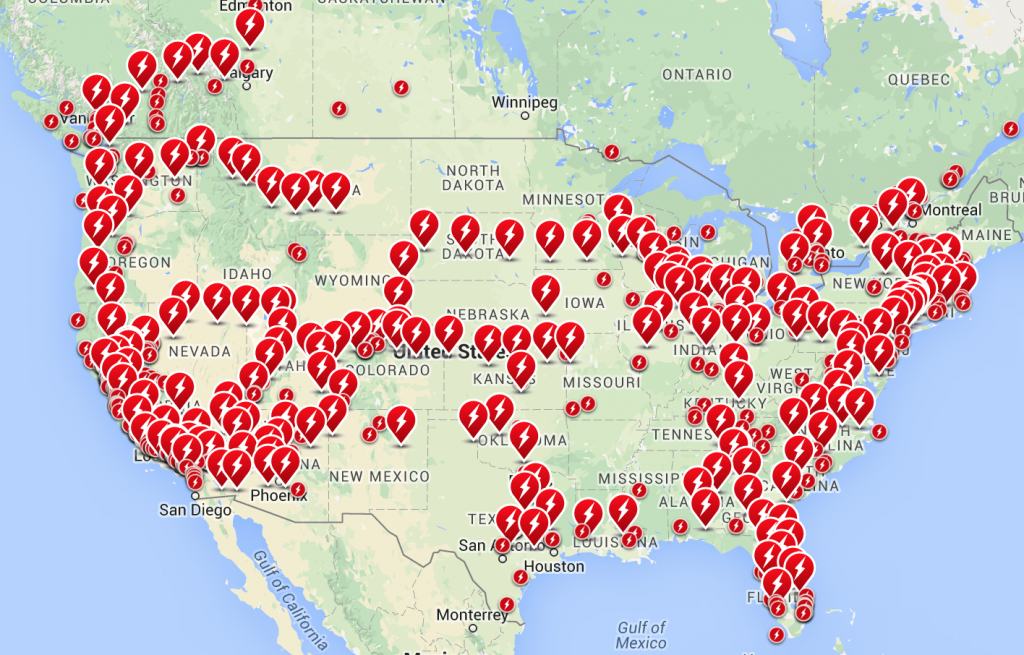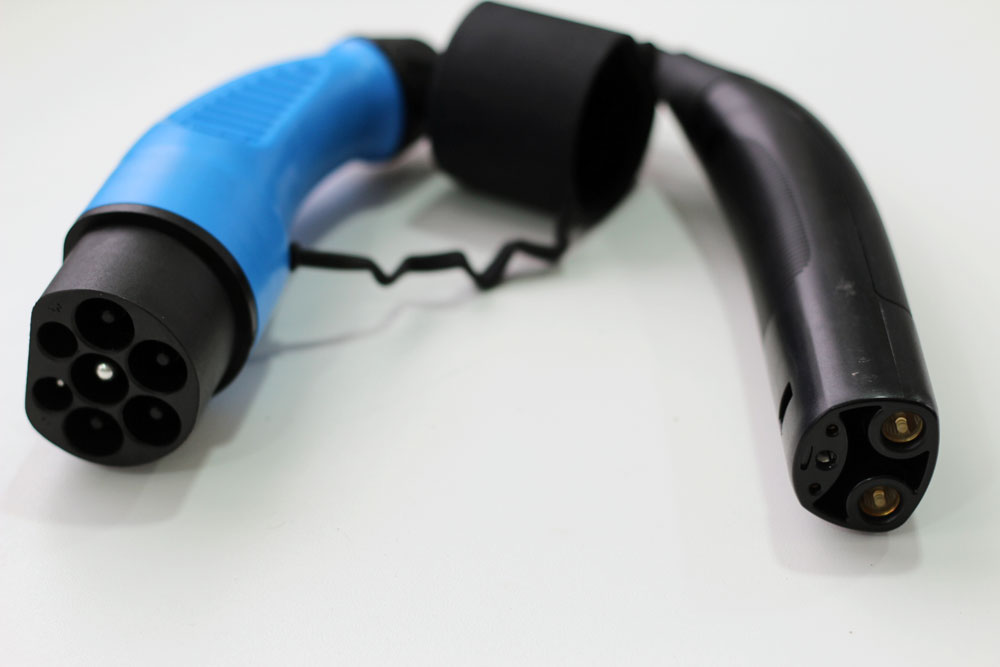

You might get up to 80 miles from an hour’s charge, though this could drop down to just over 10 in other cases. Level 2, which is 208 Volts to 240 Volts AC, is speedier and your options are greater, although there are still limitations. Overnight makes the most sense and lets you avoid the public charger scenario altogether.

#Tesla charge point adapter install#
The bonus is if you don’t mind adding a miserly 3 to 5 miles of range per hour is that it allows you to plug in and charge at home without having to install any specialist charging equipment. Level 1, 120 Volt AC charging is the ‘entry-level’ option, and much slower as a result.

The good news on that front is the car will be able to figure this out for you, so you won’t inadvertently fry your battery when you plug in.

Which one you can use depends on the type of EV you want to charge and its ability to accept the power supply. The higher the number, the more powerful (and faster) the charging should be. You also get different levels of charging: Level 1, Level 2 and Level 3. EV ports and the chargers that connect to Non-Tesla vehicles come in several variants across the U.S. In addition to Ford, other automaker partners include BMW, General Motors, Rivian, Stellantis, and Tesla.Following behind is everyone else. Known as ChargeX, the consortium has a mandate to collaborate with partners to “accelerate an electrified transportation system that is affordable, convenient, equitable, reliable, and safe,” and to work towards building a national charging network. Department of Energy in launching the National Charging Experience Consortium. In a statement, Rebecca Tinucci, Tesla’s senior director of charging infrastructure, said that company is “welcoming Ford owners, and other electric vehicles who adopt NACS, to our thousands of Superchargers across North America.” Tesla also noted that the NACS plug is smaller and lighter than the CCS connector might this be the signal that Tesla plans to overthrow the CCS network in favour of its NACS plug-in system by getting other automakers on board?Įarlier in May, Ford announced that it joined the U.S.
#Tesla charge point adapter drivers#
Rather than a network of Ford-owned-and-operated chargers, it’s only a Ford app that leads drivers to third-party chargers within networks such as FLO, ChargePoint and Electrify America, and then allows either plug-and-charge or activate payment through the app. The automaker said that’s in addition to more than 10,000 DC chargers in its BlueOval Charge Network – although that isn’t quite as it may sound. Many of these stations only have a few chargers and quickly fill up, while Tesla stations typically average nine or more.įord said the partnership will give its customers access to more than 12,000 Tesla Superchargers across Canada and the U.S. There’s no question that Tesla’s proprietary network is the gold standard for DC fast-charging, while complaints about other networks fill social media sites with EV owners reporting chargers that won’t connect to their vehicles, often with broken plugs or screens out of service.


 0 kommentar(er)
0 kommentar(er)
